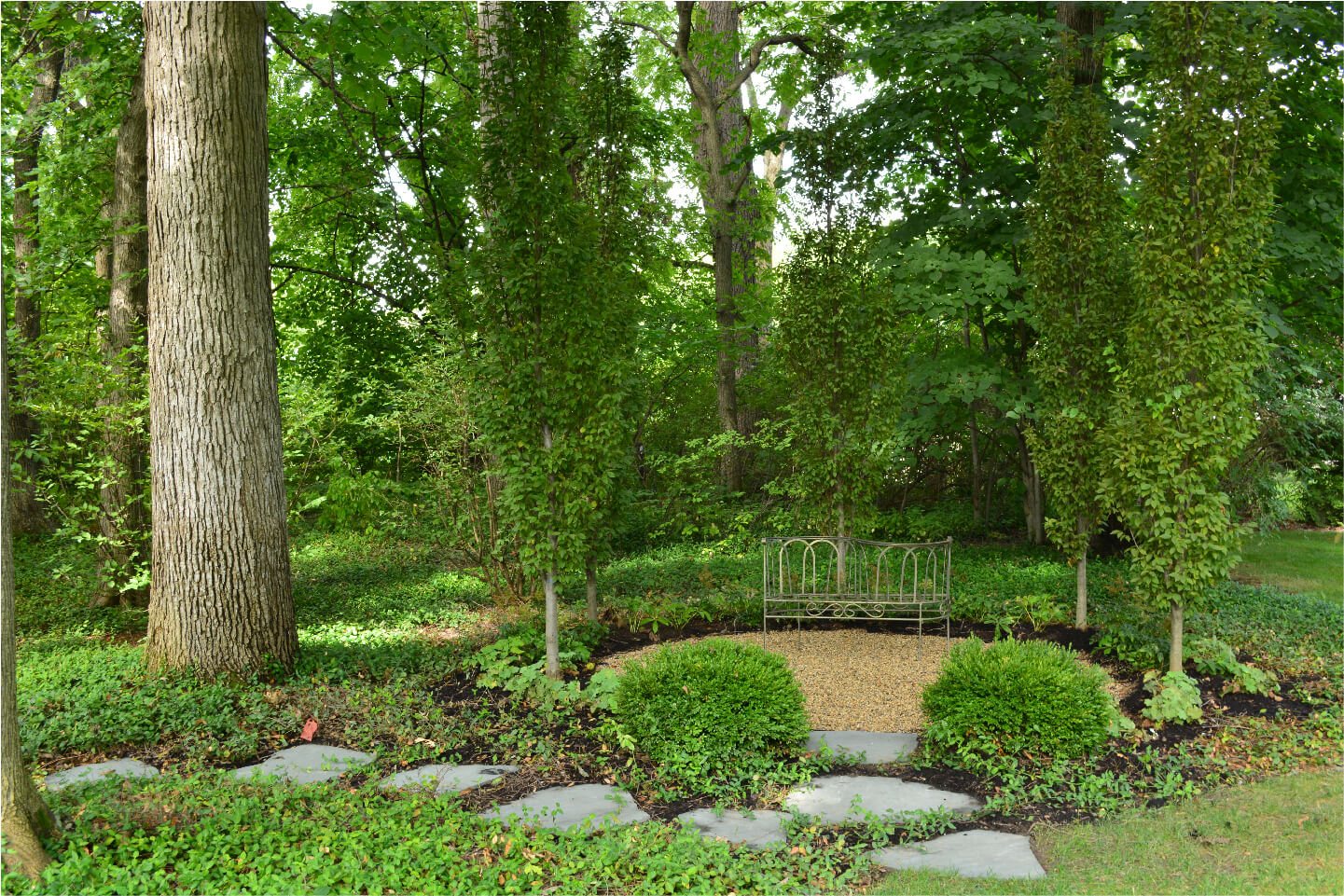Planting trees on your property comes with many benefits, from bathing your home and patio in shade to providing wildlife with a place to call home. When choosing trees for your property, here are four important considerations: selection, tolerance, function, and location. Here is how to make the most of each of them.
Selection
When selecting trees, it is important that you love its features, including the flowers it produces, the color and spread of the leaves, and more. However, it is also important to remember that every tree has unique requirements as far as water needs, soil nutrients, and sunlight exposure. Certain types of trees may not thrive in specific parts of your yard, and some may not thrive anywhere on your property. Consider shady areas, areas that get full sun, the contents of the soil, how well the soil drains, and more.
Tolerance
It is also crucial to choose trees that are known to thrive in your region. In the Chicagoland area, you can use resources like Chicago’s Sustainable Backyards Program or visit the Morton Arboretum website for more information about the best trees, grass, flowers, and more for your area. Some examples of excellent trees include most varieties of oak trees for their amazing shade potential, the gingko (or maidenhair) tree for its amazing yellow fall foliage, and the classic sassafras for larger yards. Dogwoods and nannyberry trees offer up gorgeous flowers and foliage, as well.
Function
Trees can serve several important functions, so it is important to think about what you want to accomplish with a tree before you plant it. If you want to shade your home, choose tall trees with dense foliage. If you want to decorate, choose smaller trees with beautiful flowers and foliage, and opt for variants that change color through the year for aesthetic appeal. If you want to bring in wildlife, fruit and nut trees are fantastic options. They’re also great if you hope to have a usable harvest, but bear in mind that it can take several years of growth before a tree produces fruit and nuts to consume.
Location
Last, but most certainly not least, you will need to think about location. You wouldn’t want to plant a huge sassafras tree four feet away from your home’s foundation, and you don’t want to plant any tree over the top of your water or sewer lines. Similarly, think about overhead obstructions like powerlines, and be wary of large trees whose canopies are likely to stretch over your home. Some trees will require regular pruning to keep them at a manageable size. Before you start digging even a shallow hole to plant a tree, you should always call 811 so they can mark your underground utilities for you.
Picking the right trees for your property can be a little more difficult than you might think. If you want the beauty and function of native trees in your yard, but you are not sure how or where to start, contact Martin John Company today. They can provide you with several options that are perfect for your unique yard, preferences, and needs.


